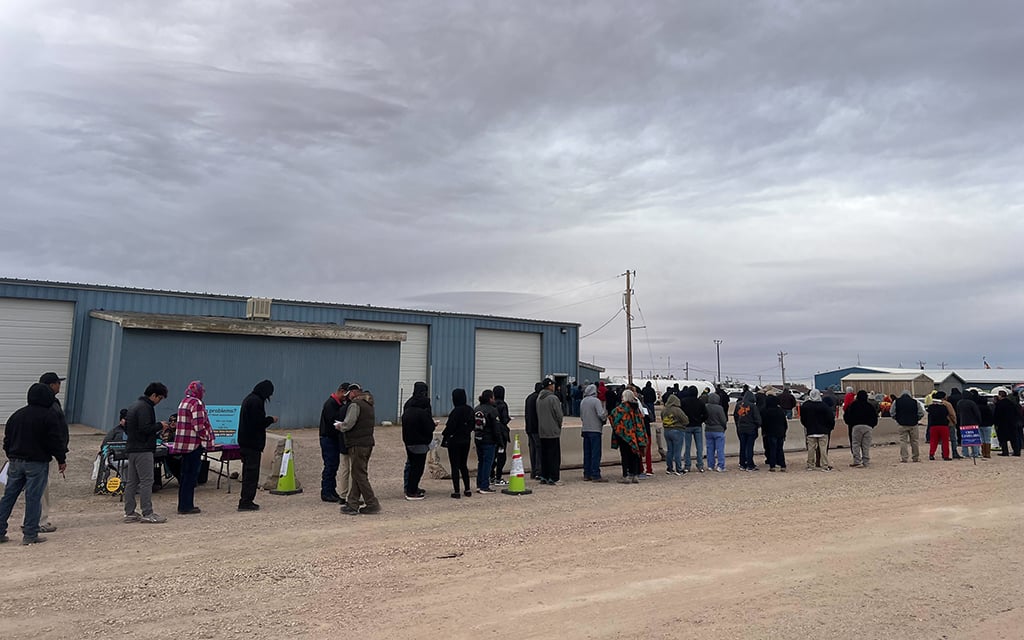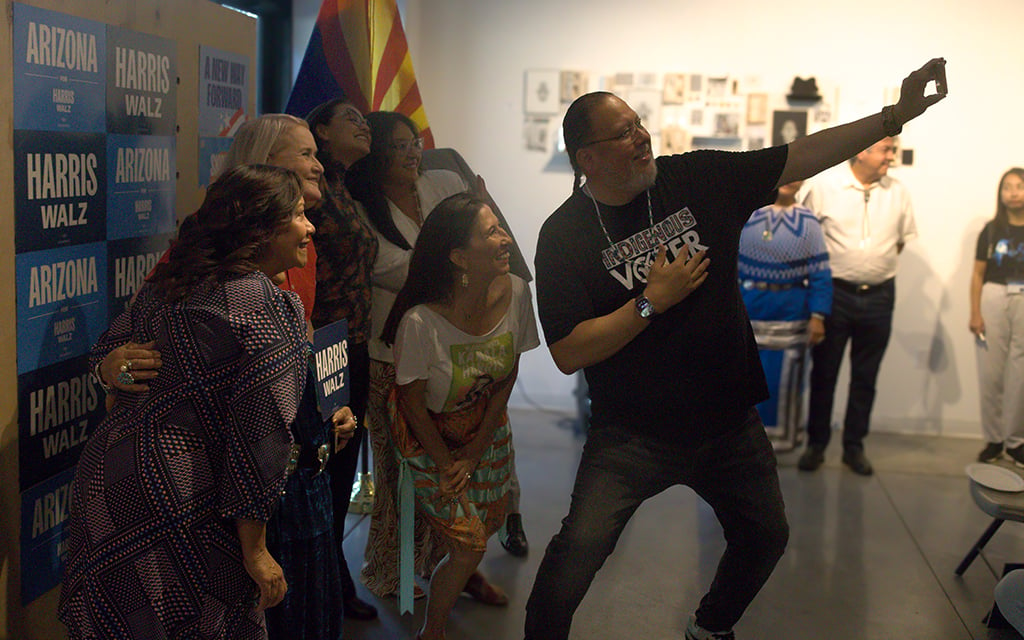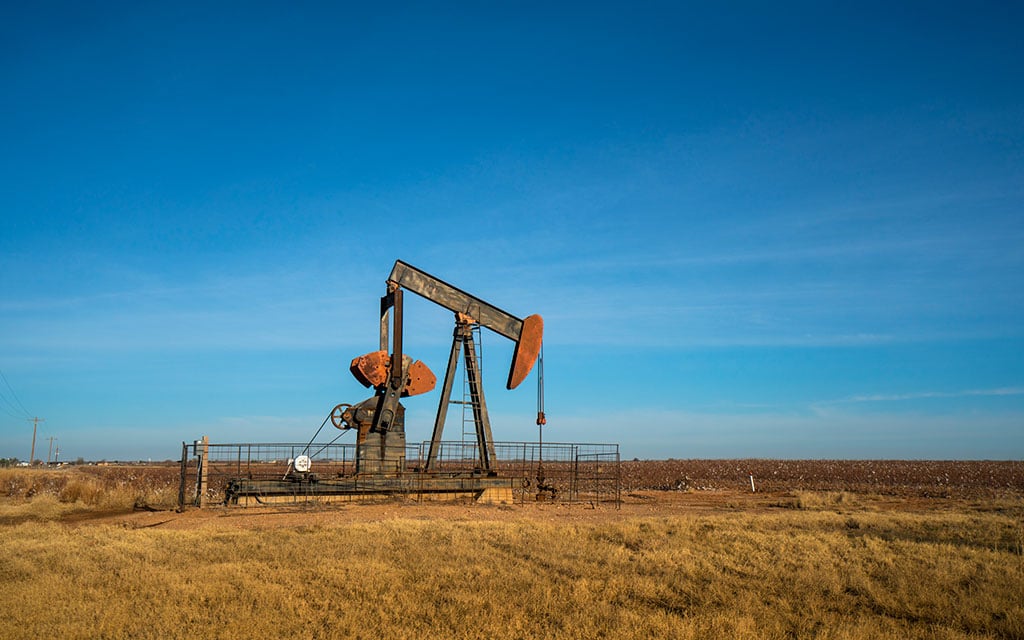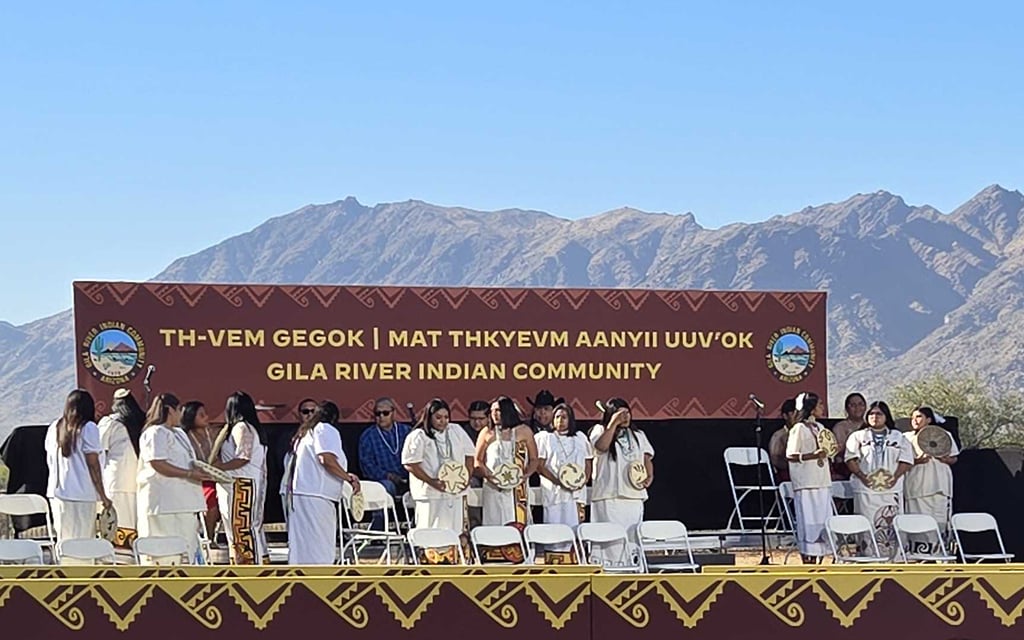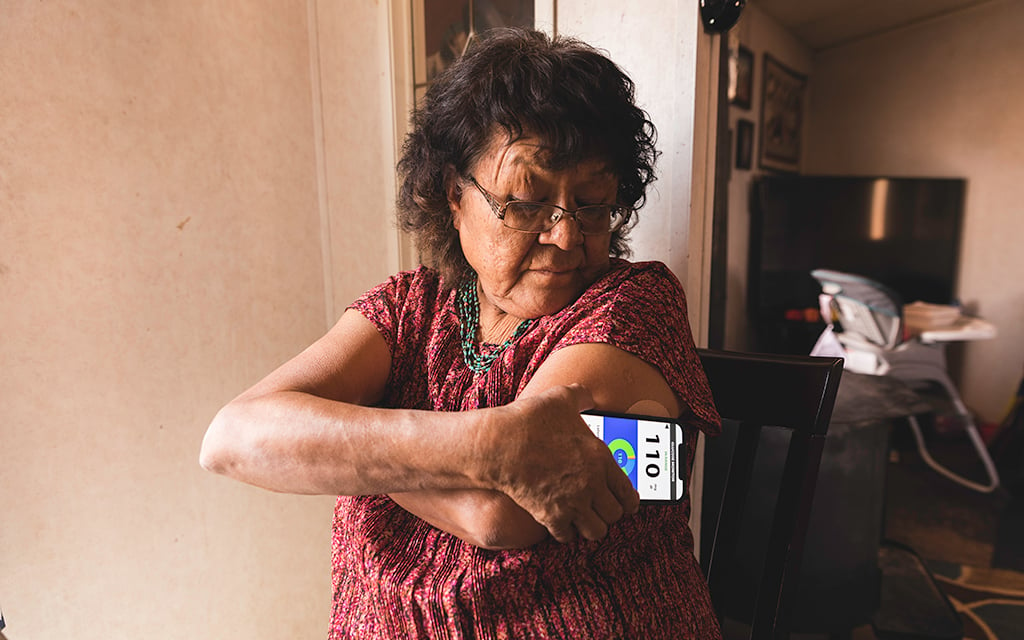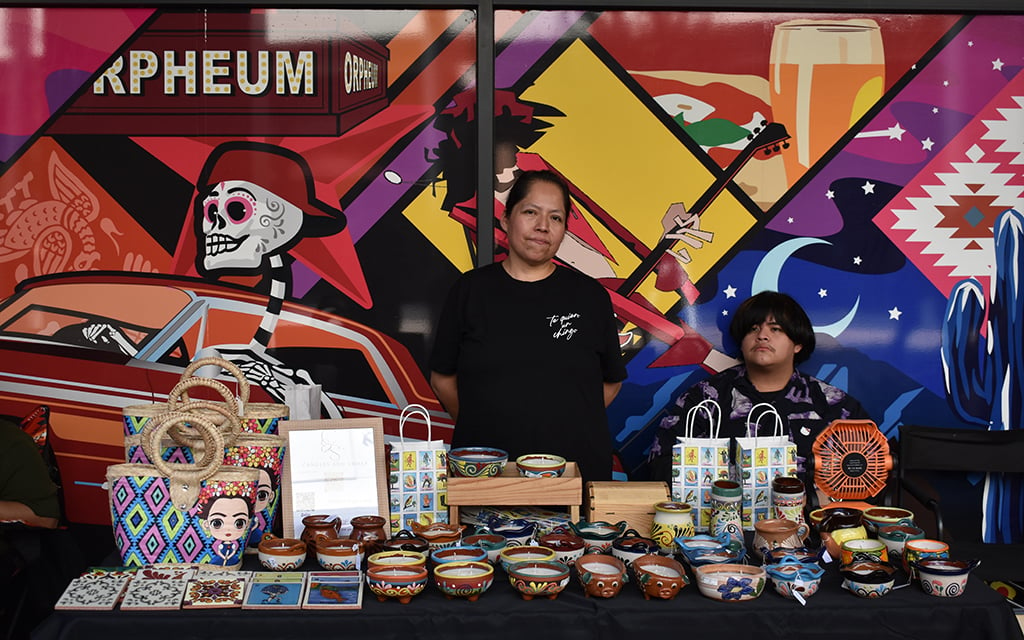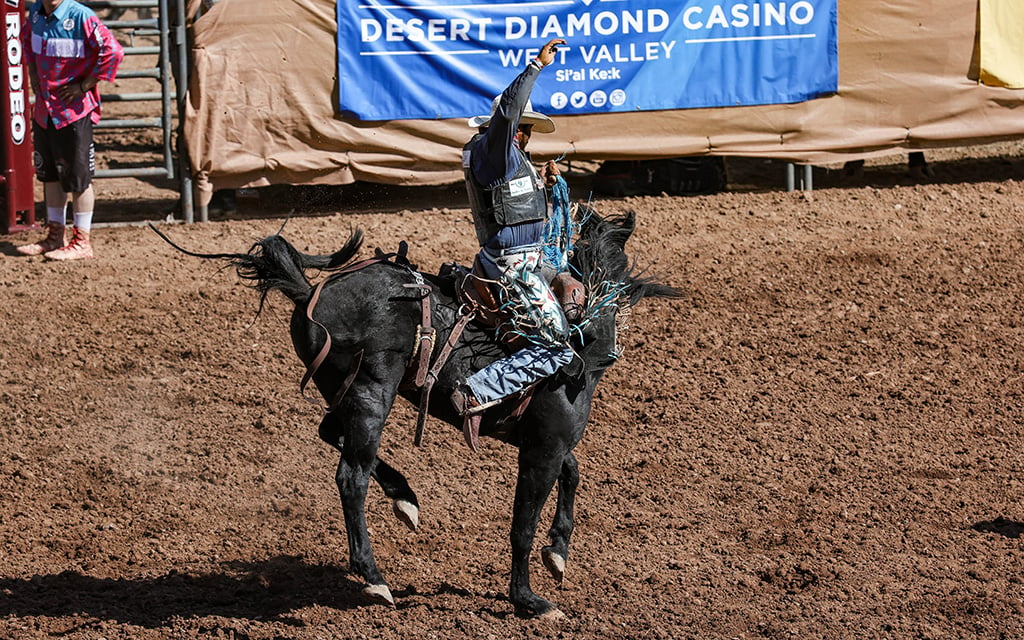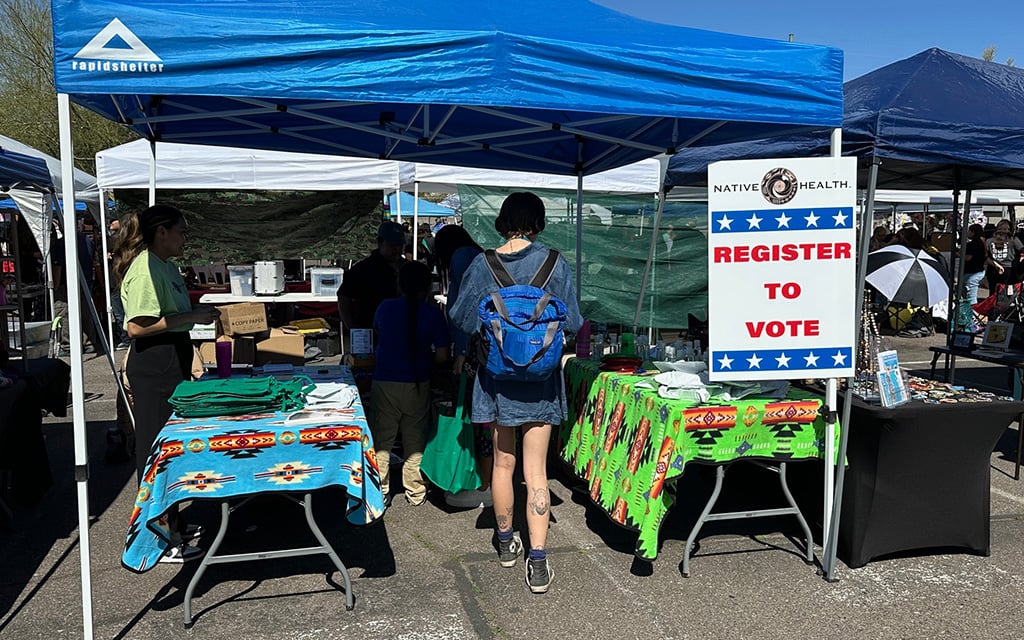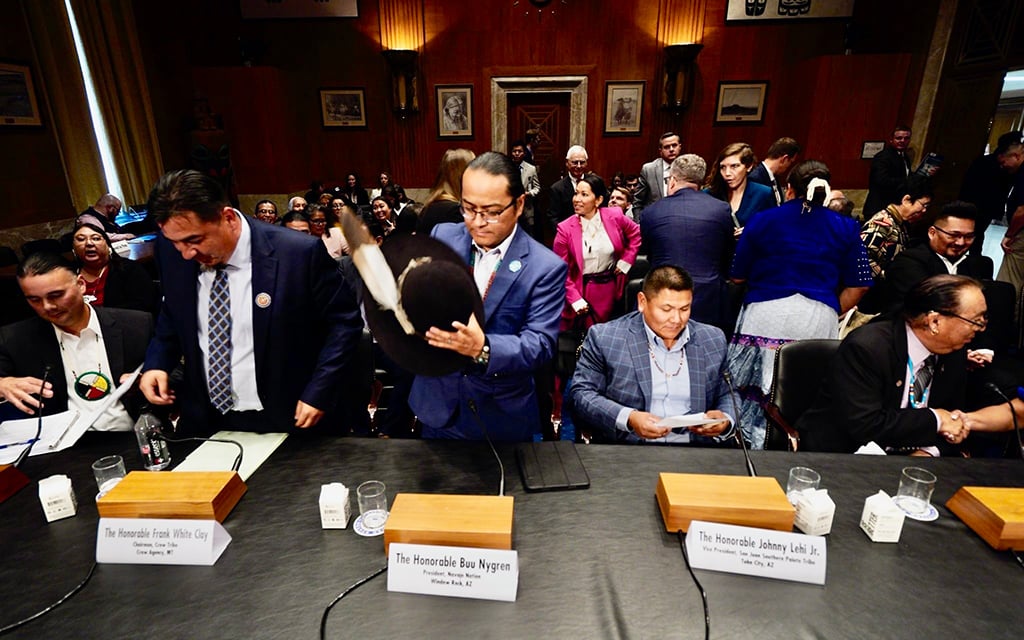Voters in Navajo Nation face polling issues on Election Day; Apache County extends voting hours
NAVAJO NATION – Navajo Nation voters have historically had difficulty voting in Apache County, and this year’s general election was no different. Despite difficulties, spirits among Navajo voters remained high as candidates touted the importance of their votes.
‘Native voters can and will decide this election’: Parties fight to secure Native American votes
PHOENIX – With extremely tight polling, the Republican and Democratic parties are looking to court Native American communities that have historically been hard to reach as a way to win Arizona and the rest of the country’s vote for the upcoming November election.
Well, well, well: Taxpayers pay the price for oil and gas wells leaking methane as multiple entities work to plug them
WASHINGTON – Ownerless oil and gas wells leak methane into the environment. The plugging process isn’t simple, but it is costly and taxpayers carry this financial burden. Arizona Rep. Raúl Grijalva and the Well Done Foundation want to alleviate this strain.
Biden issues formal apology for treatment of Indigenous children within federal boarding schools
LAVEEN VILLAGE – Joe Biden visited the Gila River Indian Community Friday morning to make history: He issued a formal apology to all tribal nations over the past treatment of Indigenous children within federal boarding schools. This landmark event was met with heavy emotion as the boarding school system affected many in attendance.
Future of ACA, health insurance coverage at stake in presidential election
WASHINGTON – Since the Affordable Care Act was implemented in 2013, local community members called navigators have helped enroll underserved Arizonans in health insurance and access medical care. But with the future of the ACA on the ballot in this year’s presidential election, navigators are bracing for what’s to come.
Funding stalled for federal program that’s reducing diabetes among Arizona Native Americans
WASHINGTON – Tribal nations depend on Special Diabetes Program for Indians grants to fuel prevention programs in tribal communities. Congress has still not reauthorized future funding. Type 2 diabetes is especially prevalent in tribal populations.
‘We’re still here to stay’: Indigenous Peoples Day festival gives Arizona Native communities visibility
PHOENIX – Phoenix marked its second official Indigenous Peoples Day holiday with a festival held Oct. 11-14. The festival gave Arizona Native communities visibility.
After 2022, tribal involvement in the Arizona’s State Fair’s Native American Rodeo waned
PHOENIX – The Native American rodeo is one of the Arizona State Fair’s most popular events, bringing together tribal nations from all over the country. Featuring exclusively Indigenous competitors, there are still questions surrounding Indigenous consultation in all aspects of the rodeo.
Gila River Indian Community solar panel-over-canal project powers up on a hot October day
SACATON – A recent event held in Sacaton marked a historic milestone for the Gila River Indian Community. Its solar-over-canal project is the first in the Western Hemisphere.
Arizona organizations look to help Indigenous communities with voting obstacles ahead of November
Ahead of the upcoming tightly contested presidential election, organizations across Arizona are ramping up efforts to help Indigenous communities overcome voting challenges. From the grassroots to the federal level, Arizona Native Vote, Native Health and others are breaking barriers.
California panel calls attention to ties between Southwest climate crisis and cancer disparities
LOS ANGELES – A recent California panel highlighted the urgent connection between climate change and cancer disparities affecting marginalized communities in the Southwest. Experts underscored the need for equitable policies to combat these related public health challenges.
Arizona tribes’ long fight for share of Colorado River water nears resolution in Congress
WASHINGTON – Arizona tribal leaders welcome progress in Congress toward the settlement of long-standing fights for Colorado River water. Yavapai-Apache, Navajo, Hopi and San Juan Southern Paiute leaders met with senators to discuss the pending deals.
